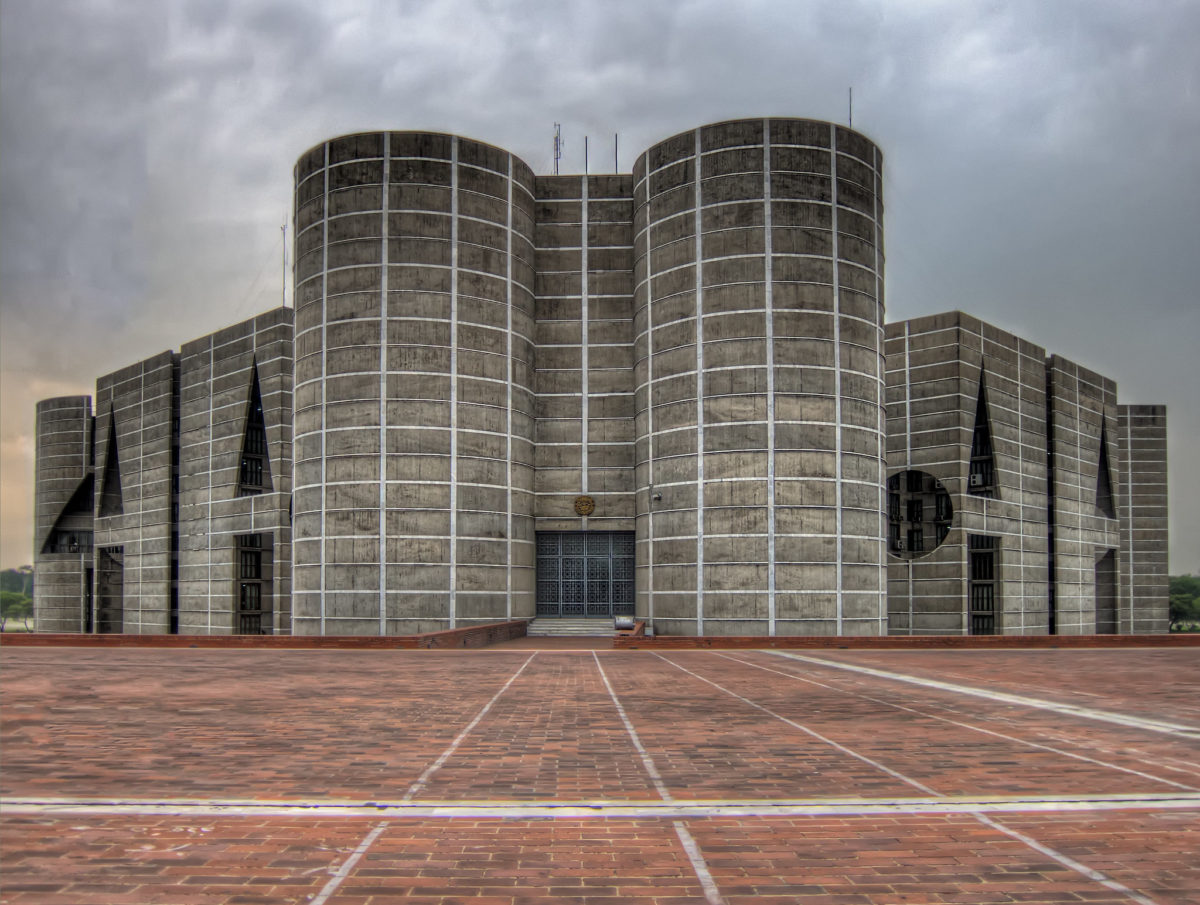The most ambitious scenario outlined in a new, draft solar energy strategy for Bangladesh envisages almost 40 GW of renewable energy generation capacity in 2041.
The 20-year National Solar Energy Action Plan drawn up by the government states a business-as-usual scenario will result in only 8 GW of clean energy capacity by that date and a medium implementation forecast would drive 25 GW of projects.
Bangladesh is the current chair of the Climate Vulnerable Forum of 48 nations on the front line of the climate crisis. The forum members are aiming for renewable energy-only economies by mid-century, with the aim of keeping global heating at or below 1.5 degrees Celsius.
Floating solar
The solar action plan prepared by Dhaka includes possible locations for gigawatt scale solar parks, such as Kaptai Lake, in the Chittagong division. The 11,000km2 occupied by Kaptai dam includes 750km2 of water. The strategy states: “If only 1% of this water surface is utilized for floating solar … nearly 500 MWp of solar capacity can be installed.”
Other potential solar sites identified in the land-scarce nation include river banks and islands, reclaimable land in the Meghna estuary, government owned ‘khas‘ land, and canals, which could host solar on their surface and banks.
The authors of the solar strategy – which will be updated every five years – recommended pursuit of the most ambitious 2041 scenario, which would see large ‘solar hubs' host 16 GW of generation capacity, electric utilities 4 GW, private developers 5 GW and rooftop installations 12 GW. A further 2.5 GW of solar capacity would come from irrigation pumps, 285 MW from individual-household solar home systems and around 16 MW from mini and micro grids and other off-grid installations.
Achieving such an ambitious turnaround in the national power system would require supporting policy, better grid infrastructure with enhanced demand and capacity building, a secure equipment supply chain and a sound investment environment, according to the authors of the document.
The scale of the challenge facing legislators is illustrated by the fact Bangladesh has little chance of achieving a previous target of sourcing 10% of its power from clean energy by next year. The 650 MW of renewables capacity in the nation at present accounts for 3% of the national power mix although at least two utility scale solar plants are expected to come online with two more, 100 MW facilities set for next year.
Pipeline
With 26 other solar projects in the development pipeline, Sustainable and Renewable Energy Development Authority chairman Mohammad Alauddin told pv magazine he remained confident.
“I think, in [the] case of utility scale renewable power plants, Bangladesh is lacking a take-off,” he said. “But now solar power generation cost has gone down significantly and it will see a big boost when cheap [energy] storage system[s are] available.”
He cited the example of the nation's solar home system installations which, after a slow start for the new technology, had now hit the 5.8 million mark in rural Bangladesh.
This content is protected by copyright and may not be reused. If you want to cooperate with us and would like to reuse some of our content, please contact: editors@pv-magazine.com.



2 comments
By submitting this form you agree to pv magazine using your data for the purposes of publishing your comment.
Your personal data will only be disclosed or otherwise transmitted to third parties for the purposes of spam filtering or if this is necessary for technical maintenance of the website. Any other transfer to third parties will not take place unless this is justified on the basis of applicable data protection regulations or if pv magazine is legally obliged to do so.
You may revoke this consent at any time with effect for the future, in which case your personal data will be deleted immediately. Otherwise, your data will be deleted if pv magazine has processed your request or the purpose of data storage is fulfilled.
Further information on data privacy can be found in our Data Protection Policy.